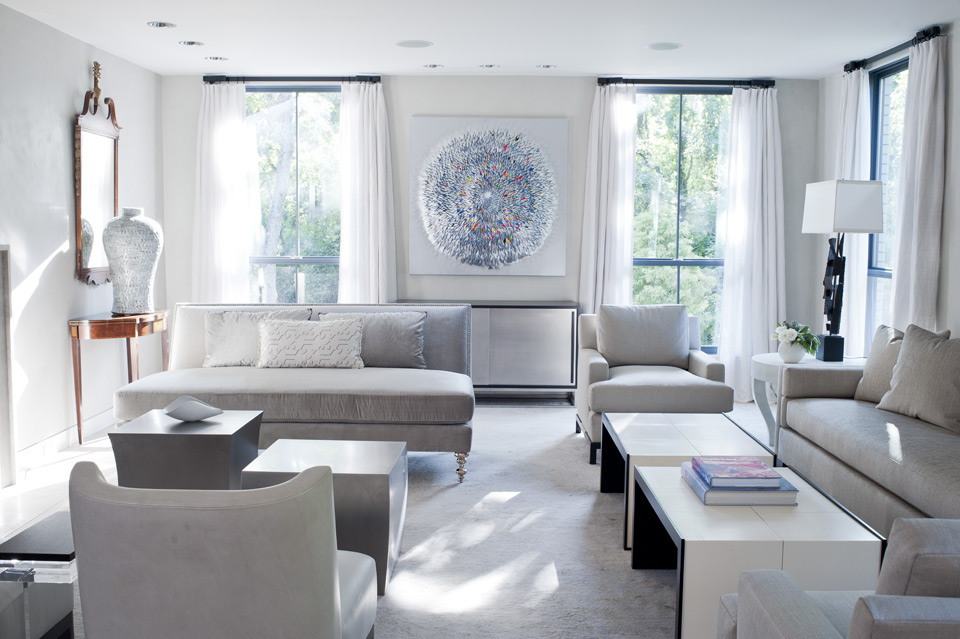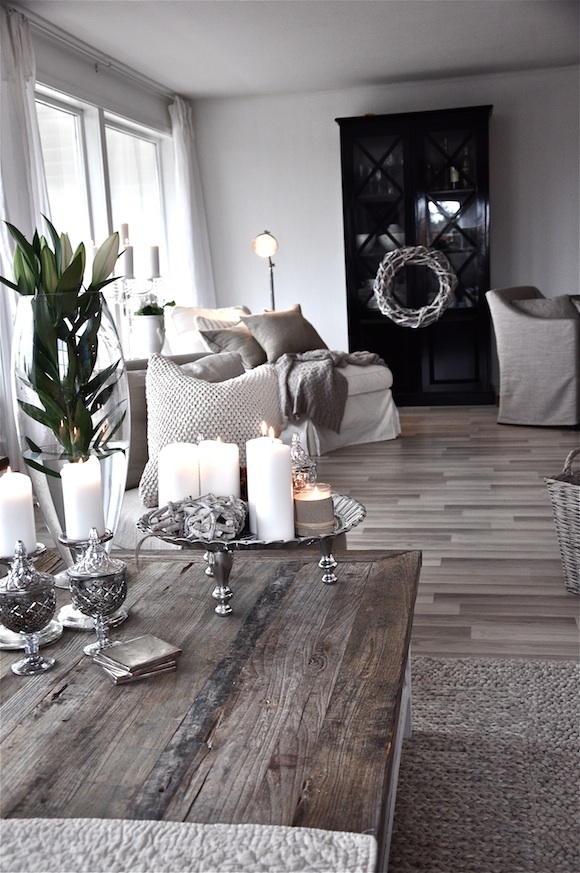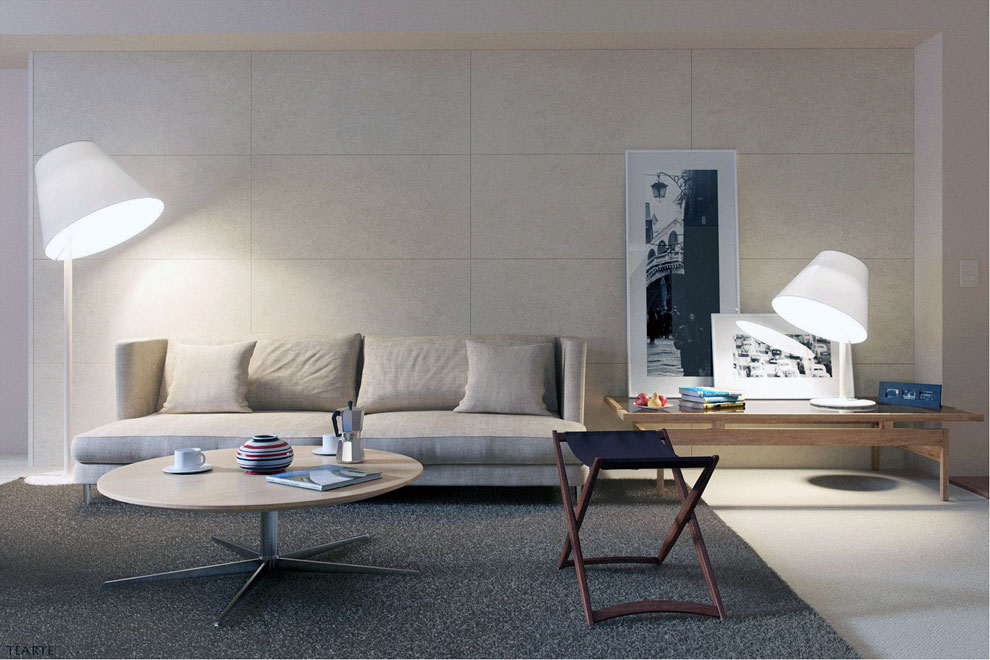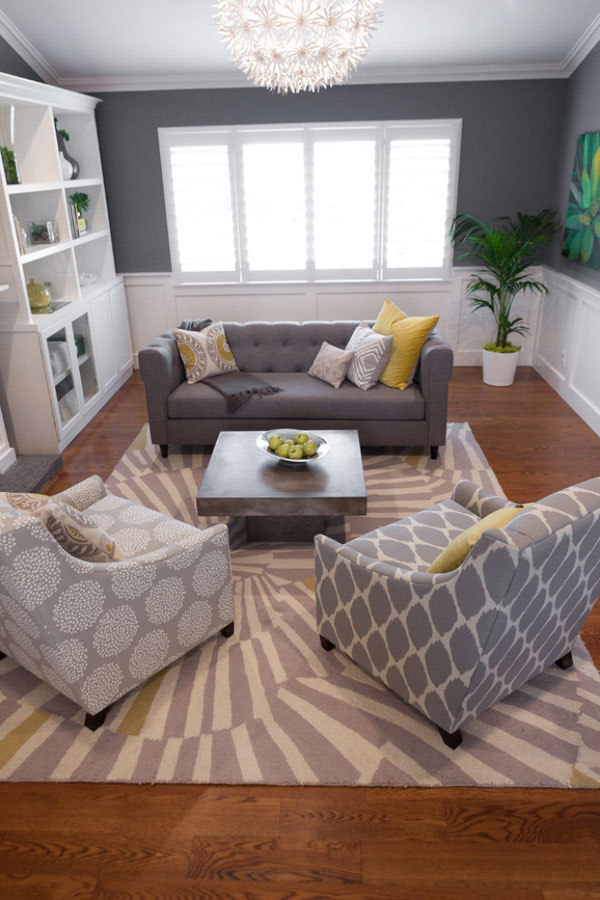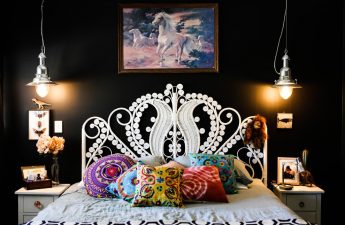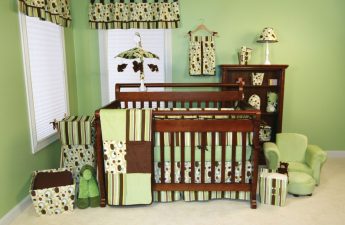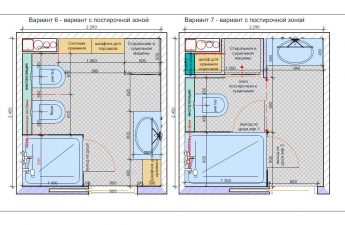Gray color is self-sufficient and beautiful in itselfyourself, and if you understand the intricacies of working with its warm and cold shades, then you risk falling in love with this color forever. That's what we'll do today
Today, tabooing any topics is found,probably at the lowest possible level. We don’t know about the rest, but in matters of interior design this is a huge plus. Black interiors no longer evoke associations with the scenery of a vampire movie, white is no longer “hospital”, red, as it turns out, also has a right to exist. As for the gray color, for some time now it has taken a special place in the minds of not only designers and architects, but also those who are considered the end consumer, that is, you and me. That is why today we will try to figure out how to work correctly with its shades, or rather, with their temperature component. Cold shades of gray
There are two ways of developing events - the plot andterritorial. The first concerns the semantic component of the interior. A loft or a bachelor pad, thanks to cold shades of gray, will add brutality and, if you will, mystery. For this kind of research, bare concrete, untreated metal, rough wood and minimalist furniture are the best environment. And, of course, cold gray, gravitating towards the shade of slate or gloomy sky, is just the thing.
The second component is the location of the room.Here the semantic load has absolutely no meaning. If the windows of the room face the sunny side and it is almost constantly brightly lit, like it or not, the space will have to be harmonized and, among others, “cool” shades of gray will have to be chosen for this.
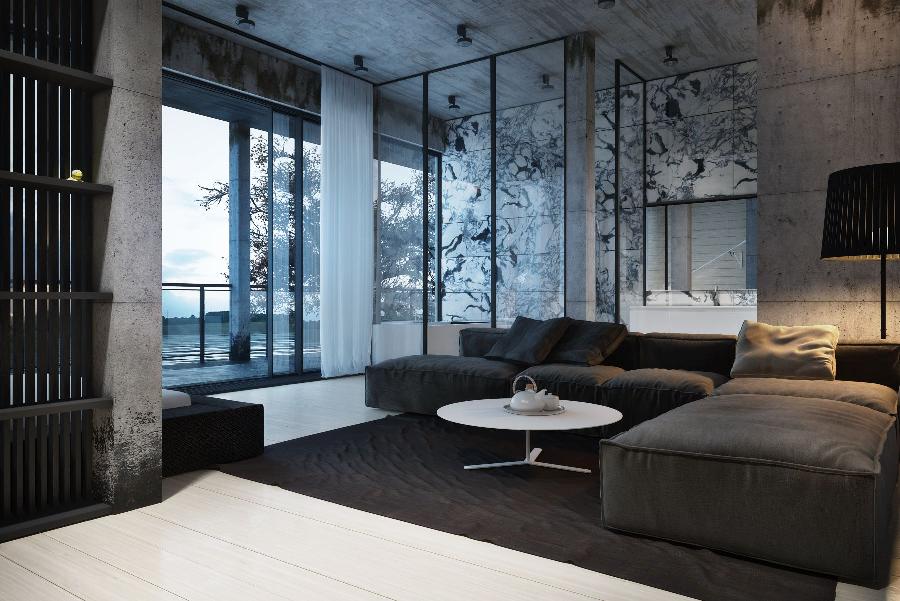
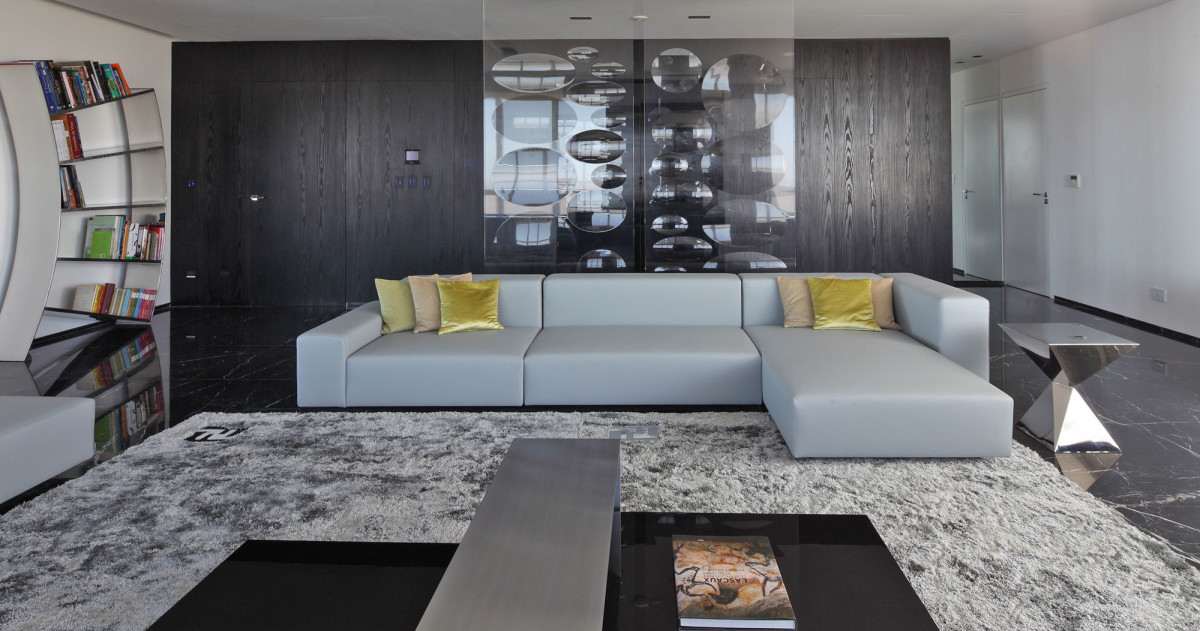
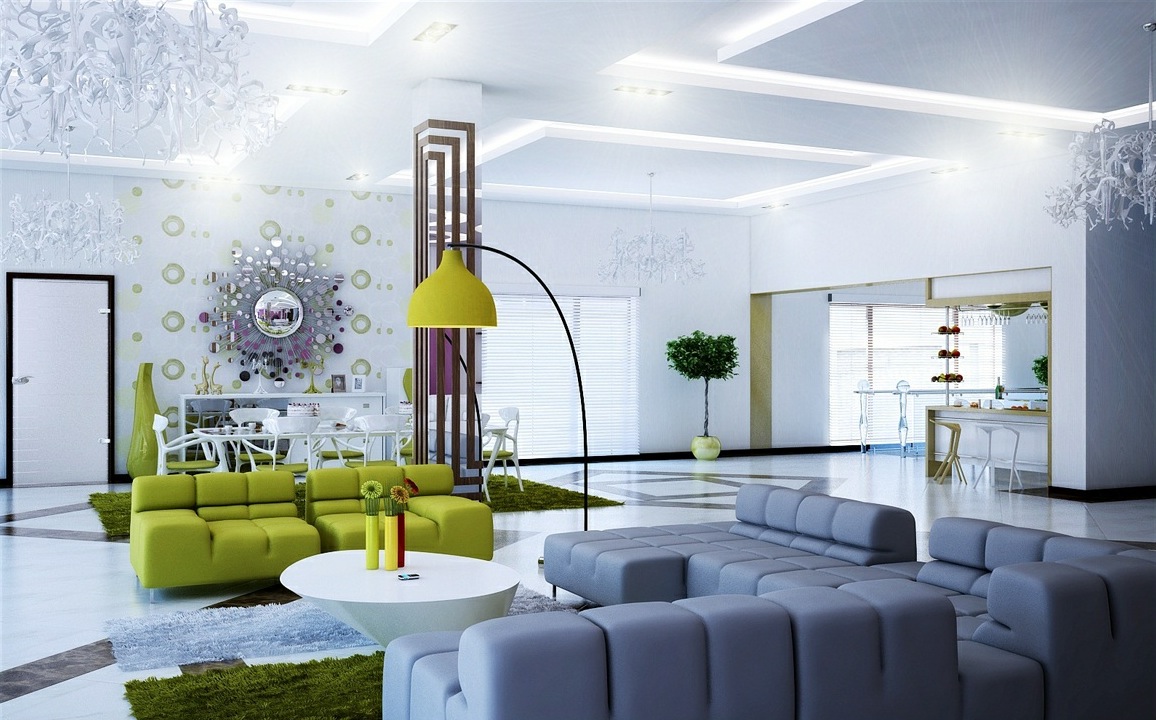
 Ruslan Kirnichansky, architect:
Ruslan Kirnichansky, architect:
— Gray is one of the most difficult colors toorganization of living space. Gray is a transitional shade from white to black, and this transition can consist of many steps and branches to other colors. In order not to get confused in the selection of a gray shade, you need to clearly define the task that this color will solve, for example, filling the room, furniture and textiles in warm colors. And in order to organize them and laconically place them in the space, a unifying wall color is required. One of the shades of gray, but cold, is ideal for solving this problem. Conditional gray, turning into blue or green. Playing on the contrast, you will solve the problem of visual "overheating" of the room and the warm colors of furniture and textiles will begin to stand out favorably against the cold color of the walls.
One of the rules of a competent visual solutionof the room is the balance of warm and cold surfaces. Even a room with windows facing southwest in central Russia (the sunniest rooms) can be "cooled" by increasing the balance of cold colors in the interior. Sunlight and window direction are important factors that determine the balance of warm and cold colors required for a particular living space. Fab-im.com Warm shades of gray
If everything is clear with the icy brutality, thenThe possibilities of using gray in feminine and "family" interiors are not considered so often and still cause controversy. But it is in such spaces that warm shades of gray can solve a lot of difficulties, make the interior dynamic, "in a good way" complex and quite fashionable.
Even if the moment of buying a gray sofa is alreadymissed, with the help of the right shade of walls and a supporting palette of gray in textiles, rather disparate objects can be brought together, creating a complete and completely self-sufficient composition. Ruslan Kirnichansky, architect:
— The possible radiation also depends on the level of insolation.contrast of the color scheme, since a sharp contrast in the use of dark and light shades can either complement the room or deprive it of airiness and lightness of perception. If the level of insolation is weak or average, I recommend not to use contrasting combinations, since in this scenario the contrast will make the room smaller and darker. But this does not mean that in such rooms everything should be “even and calm”, instead of contrast, use another technique called nuance - this is a comparison of close shades with some difference. Tested in practice: in dark rooms, nuance will look like a contrast in rooms filled with sunlight.
The most important thing in developing a color scheme is to find a balance for a specific room, taking into account the external factor of insolation. Fab-im.com
